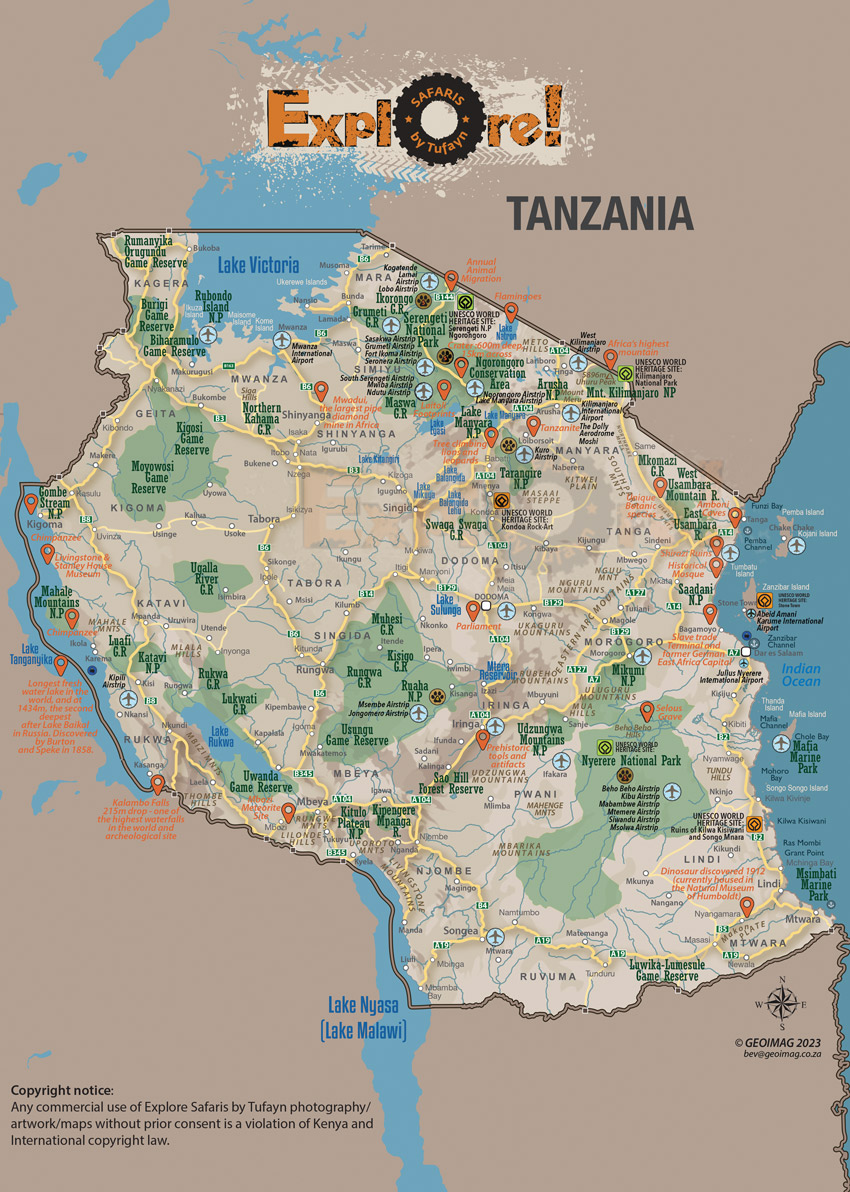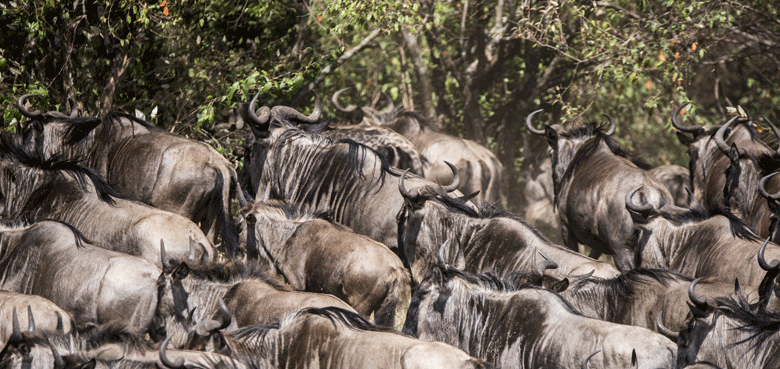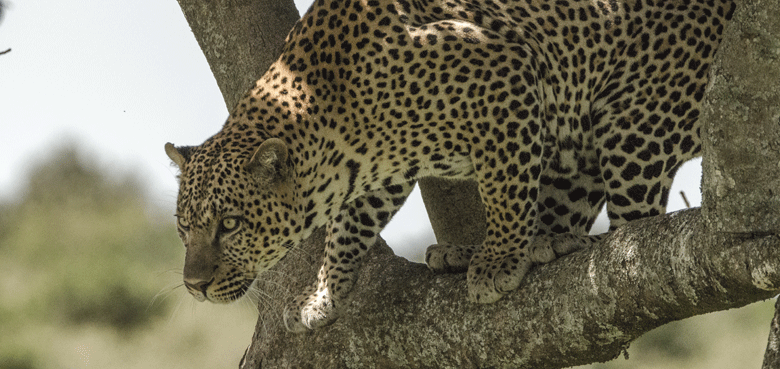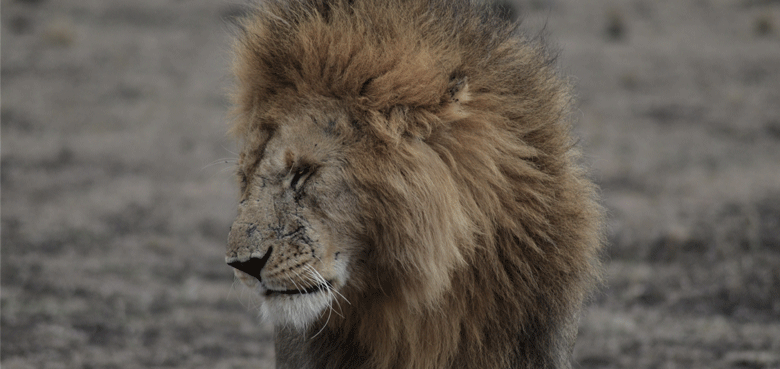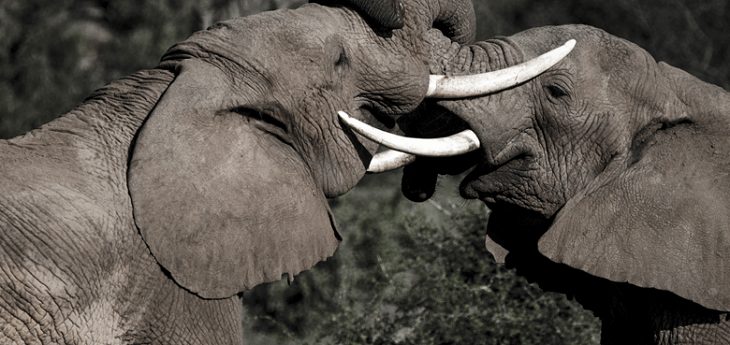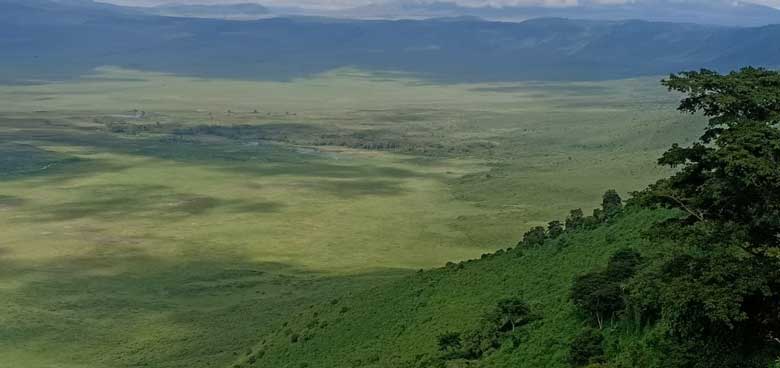Highest Peak: Mt Kilimanjaro - 5,895m
Tanzania is an East African country situated just south of the Equator. Tanzania was formed as a sovereign state in 1964 through the union of two separate states namely, Tanganyika and Zanzibar. Mainland Tanganyika covers more than 99 percent of the combined territories’ total area. Mafia Island is administered from the mainland, while Zanzibar and Pemba islands have a separate government administration. Dodoma, since 1974 the designated official capital of Tanzania, is centrally located on the mainland. Dar es Salaam is the largest city and port in the country. The East African Rift System runs in two north-south-trending branches through mainland Tanzania, leaving many narrow, deep depressions that are often filled by lakes. One branch, the Western Rift Valley, runs along the western frontier and is marked by Lakes Tanganyika and Rukwa. The other branch, the Eastern (or Great) Rift Valley, extends through central Tanzania from the Kenyan border in the region of Lakes Eyasi, Manyara, and Natron south to Lake Nyasa at the border with Mozambique. The central plateau, covering more than a third of the country, lies between the two branches.
Climate Mainland Tanzania can be divided into four principal climactic and topographic areas: the hot and humid coastal lowlands of the Indian Ocean shoreline, the hot and arid zone of the broad central plateau, the high inland mountain and lake region of the northern border, where Mount Kilimanjaro is situated, and the highlands of the northeast and southwest, the climates of which range from tropical to temperate. Tanzania’s warm equatorial climate is modified by variations in elevation. The high amount of solar radiation throughout the year is associated with a limited seasonal fluctuation of temperature: the mean monthly variation is less than 9 °F (5°C) at most stations. Ground frosts rarely occur below 8,200 feet (2,500 metres).
Ethnic groups According to most reputable surveys, Tanzania’s population includes more than 120 different indigenous African peoples, most of whom are today clustered into larger groupings. Because of the effects of rural-to-urban migration, modernization, and politicization, some of the smallest ethnic groups are gradually disappearing..

